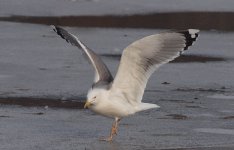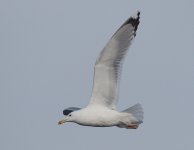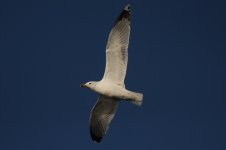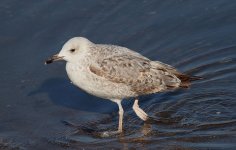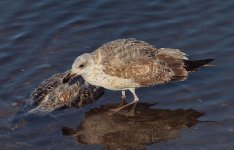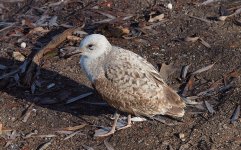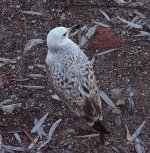Hi Cristian and Lou, thanks for your input on this bird.Its apical spots were really that large and its mantle was argenteus like.Consensus seems to be thats its a hybrid, probably with Glaucous Gull somewhere along the line but of course its impossible to really know.
Now how about this one, comments ,as always, gratefully received.
Now how about this one, comments ,as always, gratefully received.
Last edited:




